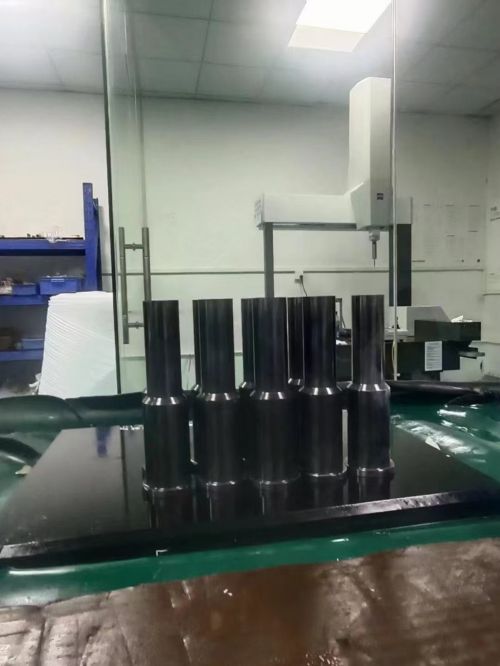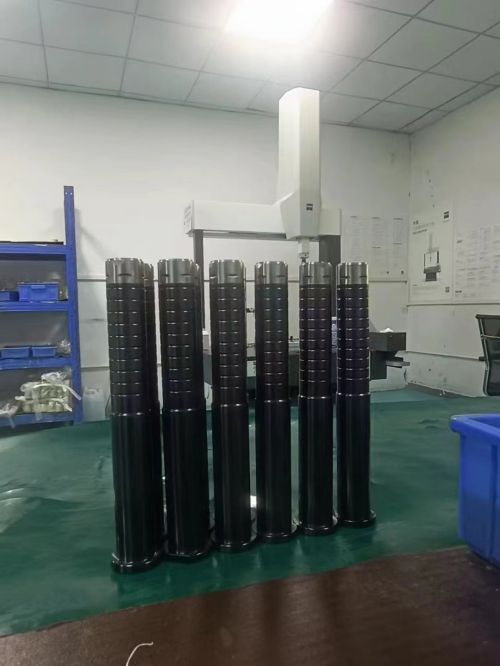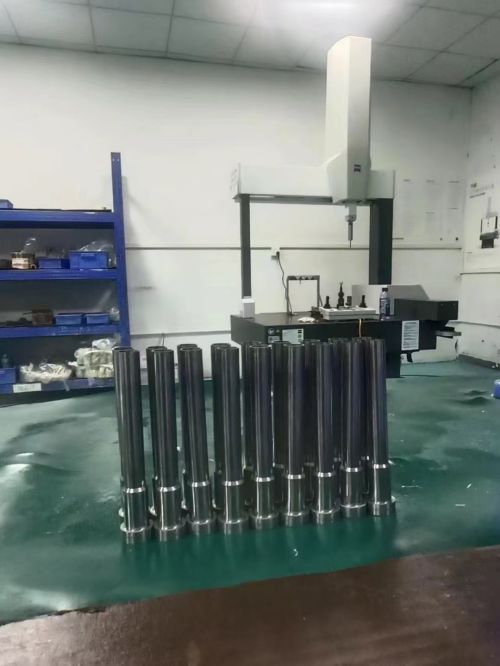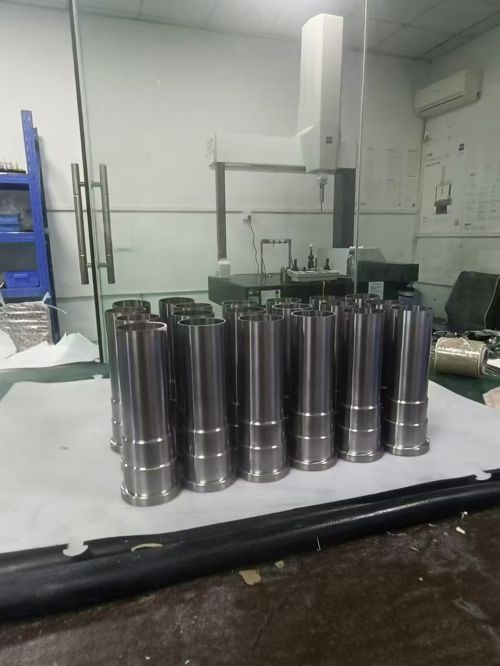How to Effectively Prevent Abnormal Damage to the Ejector Pin?
In the process of using ejector pins, some wear and tear is inevitable. This wear often results from improper operation or other factors, leading to abnormal damage to the ejector pins. To effectively prevent this situation, a series of measures must be taken to ensure the normal operation of the ejector pins and extend their service life. So, how can we effectively avoid abnormal damage to ejector pins?




1. Pre-startup Inspection and Preparation:
Before starting the equipment, it is crucial to thoroughly inspect and clean the surrounding area of the machine. Pay special attention to whether there are any foreign objects or dirt inside the ejector pins or mold cavities. Also, ensure that the ejector pins are securely fastened and properly fixed in the equipment. Lubrication is equally important—ensure that the moving parts of the ejector pins and molds are well-lubricated to reduce wear caused by friction. Additionally, check whether the storage positions of mold bases and mold components are correct to prevent damage due to improper storage.
2. Attention During Operation:
During the operation of the equipment, closely monitor whether the upper and lower molds are functioning normally. The first molded piece must undergo a thorough inspection and be confirmed as qualified before proceeding with mass production. While the ejector pins are in operation, conduct spot checks regularly to identify and address potential issues promptly. Any signs of abnormality should lead to an immediate shutdown to prevent further damage.
3. Post-operation Care:
After completing the work, first, turn off the equipment's power switch and place all working parts in a safe position. Next, clean the equipment and molds, and apply a suitable amount of lubricant to the surface of the ejector pins to prevent rust and corrosion. Regular maintenance not only extends the equipment's service life but also enhances operational efficiency.
4. Real-time Monitoring and Maintenance:
Throughout the operation, continuously monitor the condition of the ejector pins to promptly identify any signs of abnormal damage. For example, if the ejector pin assembly in a plastic mold is not securely positioned before mold closing, it could lead to surface damage. For thinner mold cavities, if they are subjected to lateral forces or forcibly struck during difficult ejection, bending deformation can occur. After a period of use, if the plastic mold’s parting line exhibits excessive flash, or if the mold cavity surface shows damage, indentation, or increased burrs that affect product quality, it is time to consider replacing the ejector pin.
5. Partial Repair and Life Extension:
When issues with the ejector pins are detected, it is not always necessary to replace the entire mold; local repairs can resolve the problem. For example, replace damaged components, regrind the parting line, restore the ejector pin cavity to its original depth, or repair surface damage using copper welding, localized inserts, or epoxy resin filling. These methods can significantly extend the ejector pins' service life and reduce production costs.
6. Continuous Improvement and Training:
Finally, to ensure the longevity of ejector pins and the efficient operation of the equipment, companies should regularly train their employees to enhance their operational skills and safety awareness. Additionally, continuously improving production processes by adopting new materials and technologies can further enhance the durability and precision of mold components.
By implementing these measures, abnormal damage to ejector pins can be effectively prevented during use, ensuring high precision and long life for mold components, thereby providing a reliable guarantee for product quality.
ejector pins Ejector pin sizes Ejector pins injection molding


